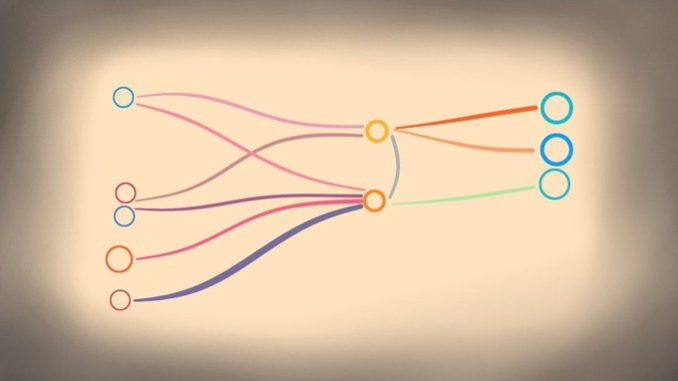
It’s a commonplace of artificial intelligence to say that machine learning, which depends on vast amounts of data, functions by finding patterns in data.
The phrase, « finding patterns in data, » in fact, has been a staple phrase of things such as data mining and knowledge discovery for years now, and it has been assumed that machine learning, and its deep learning variant especially, are just continuing the tradition of finding such patterns.
AI programs do, indeed, result in patterns, but, just as « The fault, dear Brutus, lies not in our stars but in ourselves, » the fact of those patterns is not something in the data, it is what the AI program makes of the data.
Almost all machine learning models function via a learning rule that changes the so-called weights, also known as parameters, of the program as the program is fed examples of data, and, possibly, labels attached to that data. It is the value of the weights that counts as « knowing » or « understanding. »
